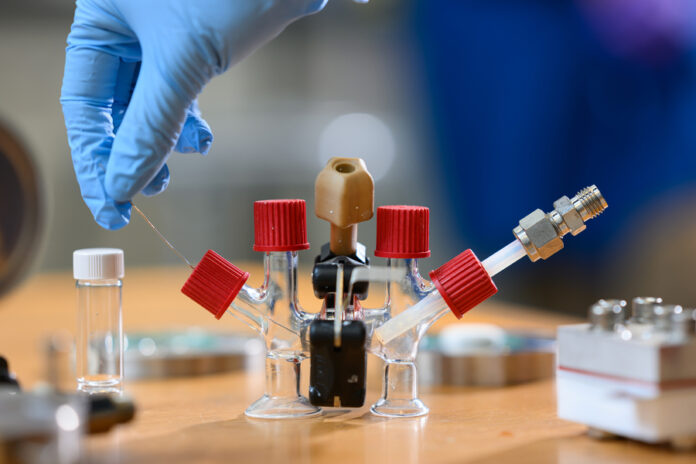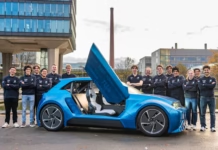The Push for Lightweight, High-Energy Power Sources
Current lithium-ion batteries are reaching their physical limits, particularly in applications that require lightweight, high-energy power sources like aviation and marine transport. According to energy experts, aviation alone contributes nearly 3% of global carbon emissions, and regional flights make up a major portion of this footprint. Bridging this energy gap calls for bold innovations. Enter a groundbreaking development from MIT: a novel sodium-air fuel cell. Unlike traditional batteries, this technology could offer over three times the energy per unit weight of lithium-ion cells, positioning it as a viable game-changer for electric planes, trains, and even ships.
A Radical Shift: From Batteries to Refillable Fuel Cells
The core innovation lies in transitioning from rechargeable batteries to refillable fuel cells. MIT’s new cell uses liquid sodium metal and ambient air as its primary reactants. A solid ceramic membrane separates the two, enabling sodium ions to travel through while oxygen from the air completes the reaction. This configuration isn’t just clever—it’s practical. By enabling over 1,500 watt-hours per kilogram in lab tests, the technology surpasses the performance threshold needed for regional electric aviation, where every kilogram matters.
Practical Benefits and Environmental Impact
One of the most striking advantages is the zero carbon emissions. The byproduct of the sodium-air reaction—sodium oxide—eventually turns into sodium bicarbonate, commonly known as baking soda. This compound captures carbon dioxide from the air, offering a dual environmental benefit: powering transportation while removing CO₂. Even more compelling, if this byproduct reaches the ocean, it could reduce acidity, mitigating another harmful effect of carbon emissions.
Safety and Scalability for Real-World Use
Safety is a major concern for any high-energy system, but this fuel cell design has inherent advantages. Unlike batteries that house reactive materials together, this system separates sodium and air, lowering the risk of runaway reactions. The fuel cells are also modular, refillable, and scalable—initial prototypes resemble cafeteria-style trays or bricks that could power drones or, eventually, aircraft. MIT researchers have even launched Propel Aero, a startup to commercialize the tech, aiming first at drone applications in agriculture.
Abundance, Affordability, and a Path Forward
Unlike lithium, sodium is abundant and inexpensive, sourced easily from common salt. The researchers propose a cartridge-based refueling system for wide adoption. Once empty, the sodium cartridges could be returned, refilled, and reused—an efficient, circular model. With historical production capacity in the U.S. already reaching 200,000 tons annually, there’s little barrier to industrial-scale sodium availability. As the team works toward a working drone prototype, this innovation edges closer to transforming electric aviation and beyond.







